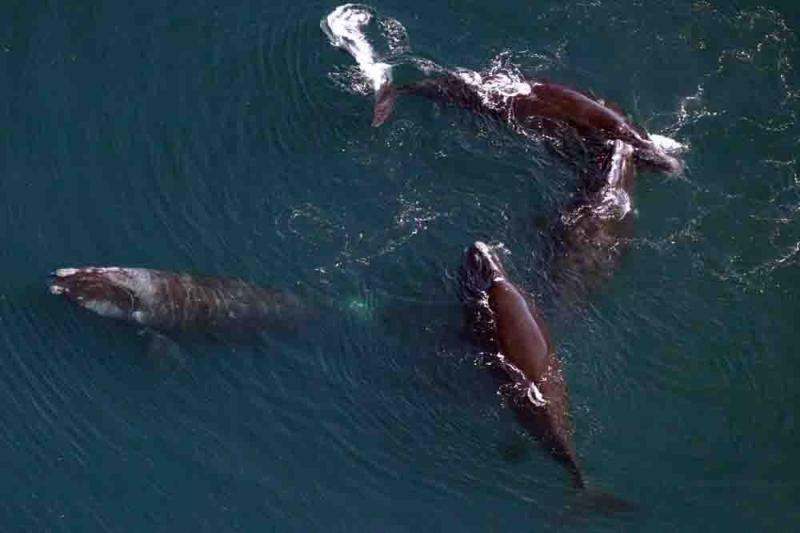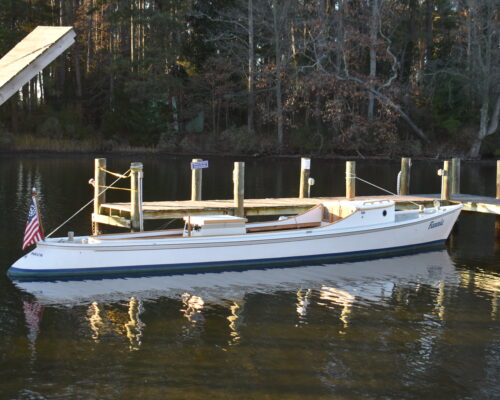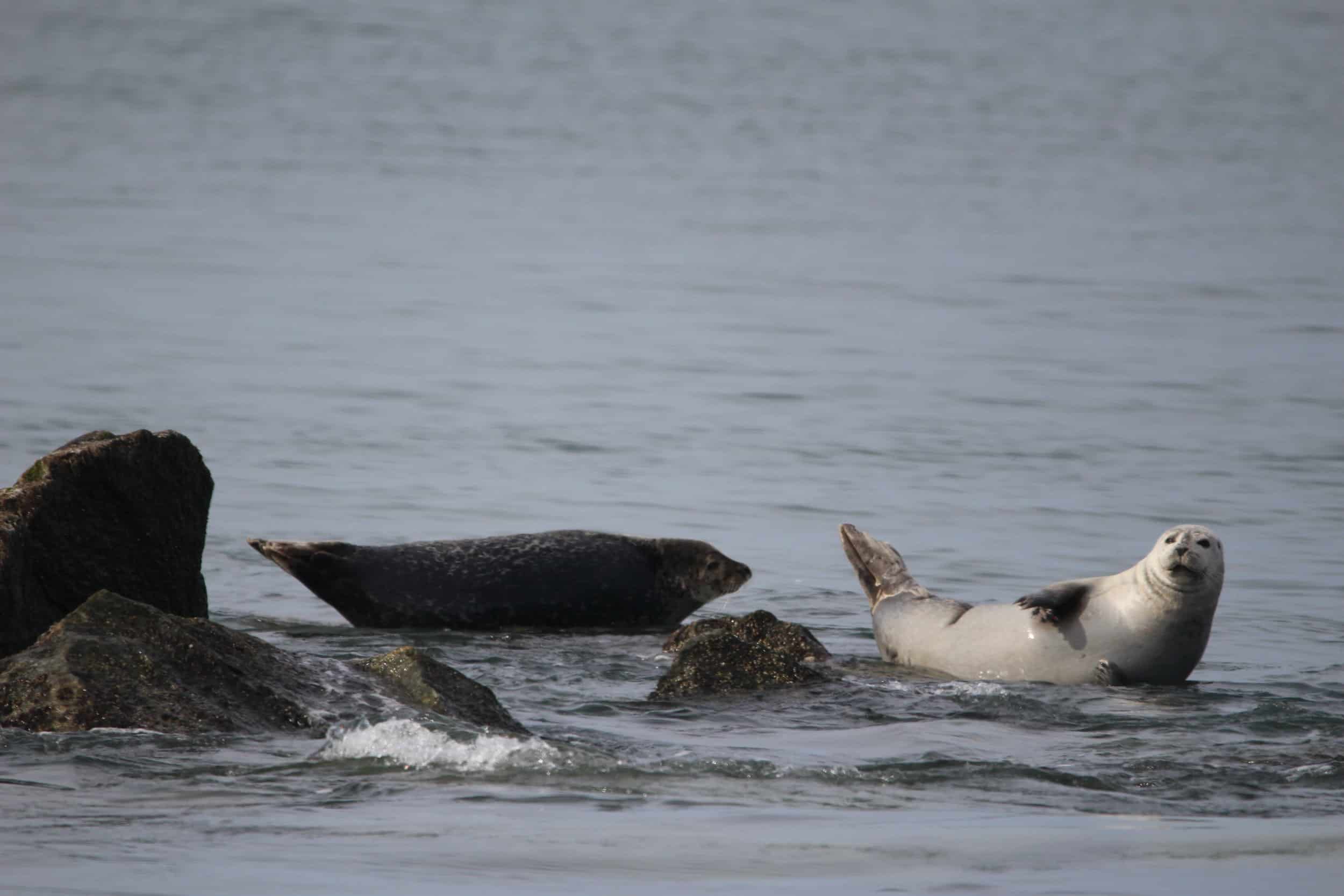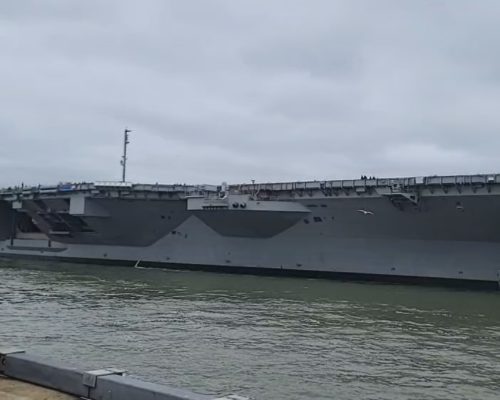When whales meet ships in the ocean, it usually doesn’t end well for the whales. That is why the Woods Hole Oceanographic Institute (WHOI) and shipping company CMA CGM have teamed up and placed a whale-sensing buoy off the Chesapeake Bay. The buoy will help ships avoid severely endangered North Atlantic right whales.
According to the National Oceanic and Atmospheric Administration (NOAA), only around 350 North Atlantic right whales are known to exist.
Adults can grow to just over 50-feet, while calves are about 14-feet long at birth. They communicate with low frequency sounds. They migrate north, off New England, in warmer months and return to southern waters in winter. They like to congregate on the surface, forming what are called surface-active groups (SAGs). Unfortunately, these SAGs made the whales easy to hunt, which is partly how they got their name. They were the “right” whale to hunt because they lounge around on the surface, and float after they die. They are no longer hunted, but SAGs expose the whales to vessel strikes. Vessel strikes and entanglement in fishing gear are major threats to the whales.
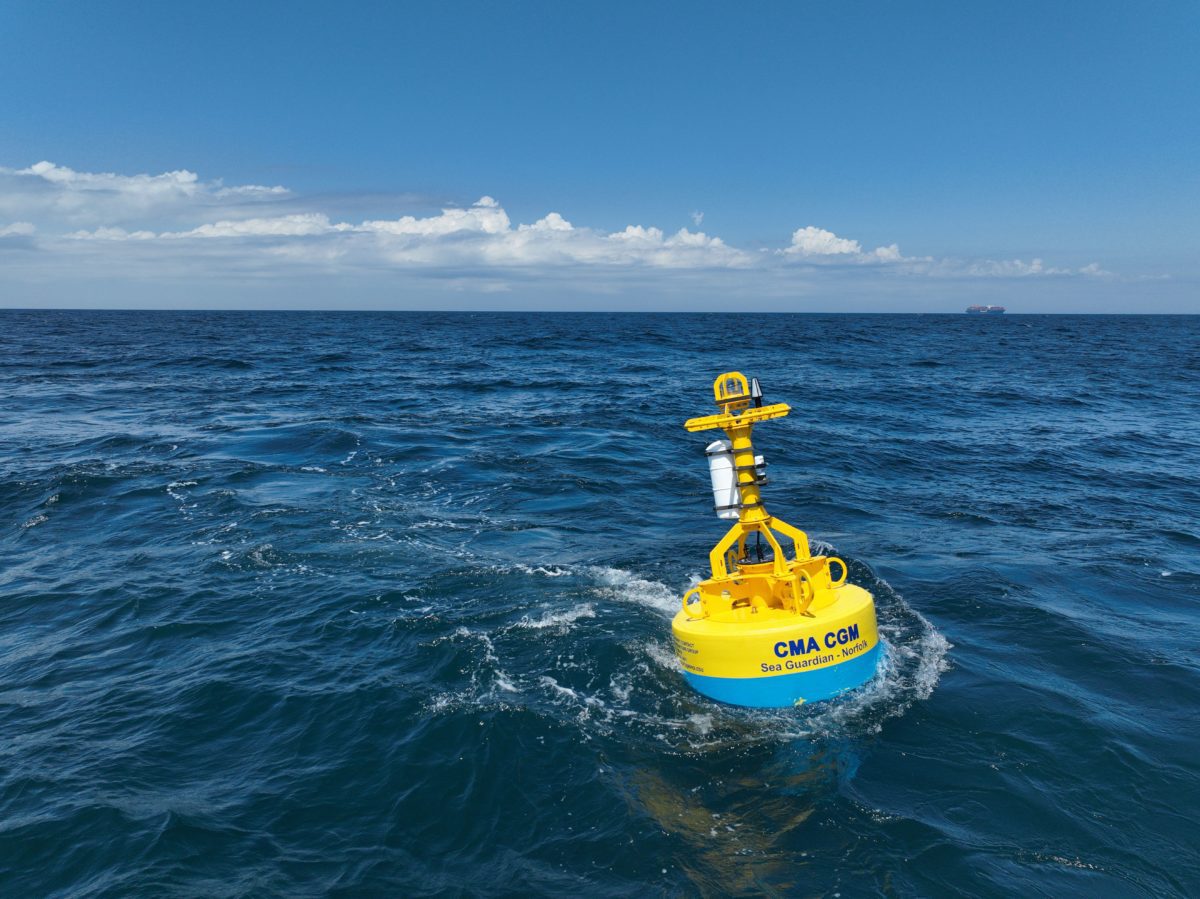
WHOI has developed acoustic buoys that can hear right whales as well as other whale species. The buoys pick up the whale sounds, and transmit the sounds back to WHOI. The sounds are analyzed to determine species, and the results are posted in almost real time. The delay from sensing and publishing is around two hours. This information will allow ships to slow down or take other actions to reduce whale strikes.
According to Suzanne Pelisson, Director of Public Relations at WHOI, “Locations off the coast of Norfolk and Savannah were chosen for the new systems because the ports are among the busiest in the United States, which often puts ships directly in the path of migrating right whales. The new buoys will fill a critical gap as they join a monitoring network of six similar buoys along the East Coast, bringing the total number of buoys to eight. Adding these locations to the existing network of acoustic buoys is pivotal to providing more complete monitoring of the East Coast of the United States.”
Pellison said the new buoys are just a single part of a larger program to save right whales. “It is hard to know exactly how many animals have been saved by this technology,” she said.
The results of the Virginia buoy are not online yet, but should be soon. Results from other coastal buoys are visible at Robots4whales (robots4whales.whoi.edu/). The site displays a simple list of buoy locations, and any whale species detected within the last three days. A wealth of information on right whales is provided by NOAA at fisheries.noaa.gov/national/endangered-species-conservation/reducing-vessel-strikes-north-atlantic-right-whales.
CMA CGM funded the buoys. CMA CGM Group is a worldwide shipping company that serves 420 ports around the world, and maintains a fleet of 580 vessels. WHOI is a private non-profit based in Cape Cod, Mass. dedicated to marine research, engineering, and higher education.
-Kendall Osborne

